Guyabano Tree
- October 31, 2024
- 0 comment
The Philippine Guyabano Tree, scientifically known as Annona muricata and commonly called the soursop tree, is an important part of tropical ecosystems. Not only is it valued for its edible fruit, but this tree also plays an essential role in the biodiversity of its habitat.

Known for its broad, glossy leaves and unique green fruit, the Guyabano tree contributes to soil health, serves as a food source for wildlife, and even aids in stabilizing ecosystems.
What Is a Philippine Guyabano Tree?
The Philippine Guyabano Tree, or soursop (Annona muricata), belongs to the Annonaceae family, which includes other flowering trees and shrubs native to tropical regions. The Guyabano tree is typically a small to medium-sized tree that can grow between 8-12 meters (26-39 feet) tall. Its leaves are large, shiny, and leathery, with a rich green color, making it easy to identify.
Main Characteristics:
- Leaves: Broad, oblong, and shiny, with a leathery texture that can grow up to 15 cm in length.
- Flowers: Its yellowish-green flowers bloom directly on the branches and trunk, a trait called cauliflory.
- Fruit: The Guyabano produces a large, spiny green fruit that has soft, white, fibrous flesh with a distinctive sweet and tangy flavor.
An interesting fact about the Guyabano tree is that it has the potential to enrich soil with nutrients, benefiting surrounding plants and helping prevent soil erosion.
Philippine Guyabano Tree Species
The primary species of the Philippine Guyabano Tree is Annona muricata, commonly known as soursop or guyabano. Although this is the main species recognized as the Guyabano Tree, it has close relatives within the Annona genus, which share similar features and habitat requirements. Here are two other notable members of the Annona genus found in tropical regions, including the Philippines:
1. Annona squamosa (Sugar Apple or Atis):
While distinct from the traditional Guyabano tree, Annona squamosa, or the sugar apple, is closely related and similarly valued in the Philippines. It has a smaller fruit with knobby skin and a sweet, custard-like interior.
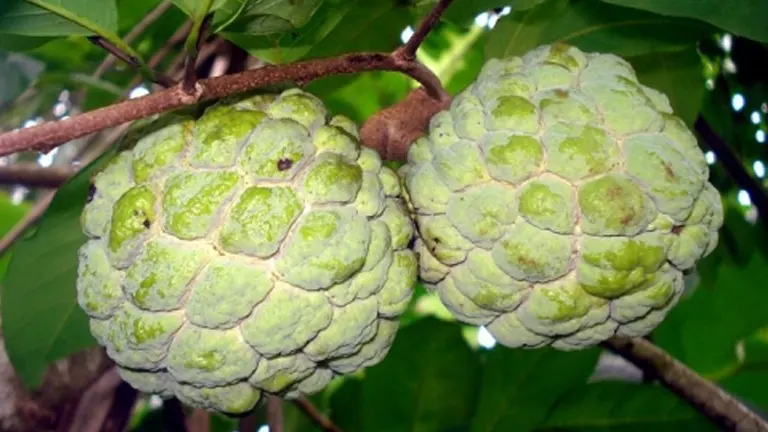
The tree itself is smaller than the Guyabano tree, typically growing up to 5-6 meters in height. The sugar apple tree is adapted to warmer, drier regions and is cultivated for its delicious, nutritious fruit.
2. Annona reticulata (Custard Apple):
Known as the custard apple, Annona reticulata is another species in the same family. This tree produces heart-shaped fruit with a sweet and creamy pulp, which is popular in many tropical countries.
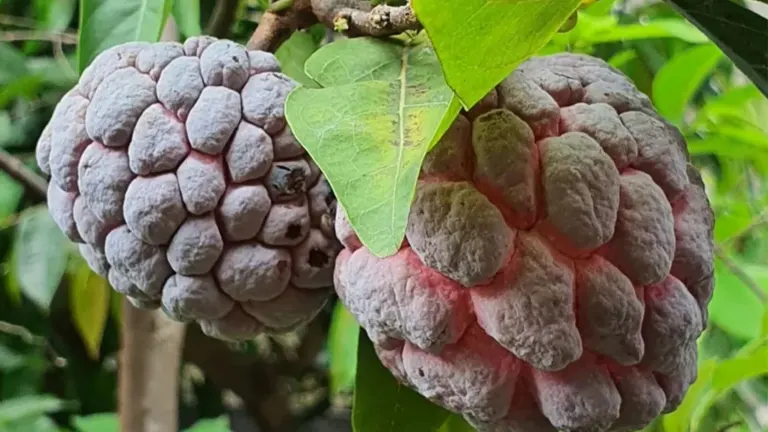
The custard apple tree is generally medium-sized, growing up to 10 meters in height, and thrives in similar climates to the Guyabano tree, making it well-suited for the Philippines’ tropical environment.
Adaptation to Climate: Where Do Philippine Guyabano Trees Grow?
The Philippine Guyabano Tree is native to tropical regions and thrives in areas with warm temperatures, high humidity, and well-draining soil. It grows in countries like the Philippines, Indonesia, Malaysia, and other parts of Southeast Asia, as well as in South and Central America. The tree favors lowland tropical forests, typically below 1,000 meters in elevation, and is well-suited to both tropical and subtropical climates.
The Guyabano tree has developed a thick bark and waxy leaves that help it conserve water in times of drought, making it moderately adaptable to drier climates as well. In its native environment, this tree provides essential ecological functions such as soil stabilization and shelter for various small mammals, insects, and birds.
How to Grow and Care for a Philippine Guyabano Tree
Growing a Guyabano tree in a home garden can be a rewarding experience, especially in tropical or subtropical regions. Here’s a quick guide on how to cultivate this tree:
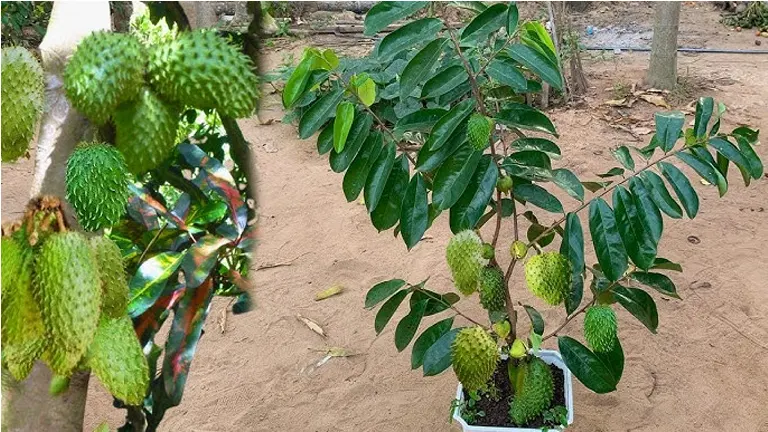
- Soil Requirements: Prefers well-draining, slightly acidic to neutral soil.
- Watering: Requires regular watering, especially in dry spells, though it does not tolerate waterlogged soil.
- Sunlight: Thrives best in full sun, though it can tolerate partial shade.
Propagation and Maintenance:
Guyabano trees are generally propagated from seeds. Planting seeds in rich, well-draining soil and keeping them moist will encourage germination, which typically occurs within 15-30 days. For optimal growth, consider spacing the trees to allow for airflow and sunlight.
Pruning is minimal but beneficial for airflow and growth structure. Watch for common pests like aphids or caterpillars, and use organic insect repellents when necessary.
Ecological Benefits of the Philippine Guyabano Tree
The Guyabano tree significantly enriches its environment by improving soil quality and reducing erosion. Its roots help to hold the soil in place, while its organic matter supports soil health. This tree also creates a microhabitat around its base, where decomposing leaves and fruit create a nutrient-rich layer that promotes biodiversity in its vicinity.
Additionally, the tree is a food source for various insects and small animals, which rely on its flowers and fruit for sustenance.
Philippine Guyabano Tree Flowering and Pollination
The Guyabano tree flowers in the warmer months, producing unique blooms with a faint, sweet scent that attracts local pollinators. Each flower is large and has thick petals, often opening in the early morning or late afternoon. This timing helps maximize pollination, as it coincides with peak activity times for pollinators like bees and certain beetles. Pollination is vital for fruit production, making these interactions crucial for the tree’s reproduction and for maintaining the food web in its habitat.
Is the Philippine Guyabano Tree Drought-Tolerant?
While the Guyabano tree can withstand short periods of drought, it is not highly drought-tolerant. Its waxy leaves and deep root system do help it retain moisture during dry spells, but it will not thrive in arid conditions without supplemental watering. For those growing this tree in drier regions, occasional deep watering and mulching around the base can help it retain moisture and stay healthy.
Philippine Guyabano Tree and Wildlife Interactions
The Philippine Guyabano Tree supports various wildlife by offering food, shelter, and habitat. Birds and mammals consume its fruit, and insects often rely on its flowers for nectar. In some cases, animals help disperse the seeds by carrying fruit fragments away from the tree, allowing new Guyabano trees to sprout in different locations. These interactions create a symbiotic relationship that promotes biodiversity and helps maintain the balance of tropical ecosystems.
Conclusions
The Philippine Guyabano Tree is more than just a fruit-bearing tree; it’s an integral part of tropical ecosystems that sustains local biodiversity and improves environmental health. From supporting soil stability to providing a habitat for wildlife, the Guyabano tree’s contributions are essential. Its ecological, cultural, and practical significance make it a vital species worthy of conservation efforts, ensuring that its unique role in nature is preserved for future generations.
Frequently Asked Questions (FAQs)
- What is the Philippine Guyabano Tree, and why is it significant?
The Philippine Guyabano Tree, scientifically known as Annona muricata or soursop, is a tropical fruit tree known for its spiky green fruit and medicinal properties. Its ecological importance includes soil stabilization and providing food and shelter for local wildlife, making it an essential part of tropical ecosystems. - Where does the Philippine Guyabano Tree grow naturally?
This tree thrives in tropical and subtropical regions, including the Philippines, parts of Southeast Asia, and Central and South America. It grows well in warm, humid climates, usually in lowland forests below 1,000 meters in elevation. - How can you grow a Philippine Guyabano Tree at home?
To grow a Guyabano tree, plant seeds in well-draining, slightly acidic to neutral soil. The tree prefers full sunlight and regular watering. Proper spacing is recommended for optimal growth, and trees should be protected from pests with organic insect repellents. - What are the main characteristics of the Philippine Guyabano Tree?
The tree has large, leathery, glossy green leaves, yellowish-green flowers, and a distinctive spiny green fruit with white, fibrous flesh. It grows to about 8-12 meters in height and has a strong trunk that supports its broad canopy. - How does the Philippine Guyabano Tree contribute to biodiversity?
The Guyabano tree supports biodiversity by providing food and habitat for various animals, insects, and birds. It helps stabilize soil and contributes organic matter through its fallen leaves, enriching the surrounding ecosystem and promoting healthy plant and animal interactions. - Is the Philippine Guyabano Tree drought-tolerant?
The Guyabano tree can withstand short periods of drought due to its deep root system and waxy leaves. However, it is not highly drought-tolerant and requires consistent moisture to thrive. In dry areas, mulching around the base can help retain soil moisture. - What are the ecological benefits of the Philippine Guyabano Tree?
Besides providing food and shelter to wildlife, the tree aids in preventing soil erosion and enriching soil quality with nutrients. Its presence promotes local biodiversity and maintains the balance of its natural habitat. - Are there any specific pollinators for the Philippine Guyabano Tree?
Yes, the tree’s flowers are pollinated by local insects, particularly bees and beetles, which are attracted by its faintly sweet scent. This interaction ensures fruit production and supports the pollinators’ own survival in the ecosystem.
We hope this guide has given you valuable insights into the unique ecological and cultural significance of the Philippine Guyabano Tree. Have you grown a Guyabano tree or experienced its benefits firsthand? Share your experiences and ideas in the comments below! Your insights can inspire others to appreciate the importance of this tree and support sustainable practices. Don’t forget to share this guide with others who are passionate about preserving biodiversity and ensuring a greener future for all.


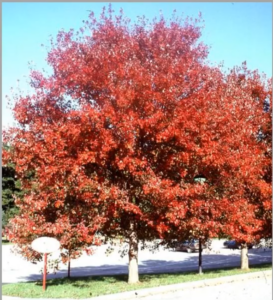
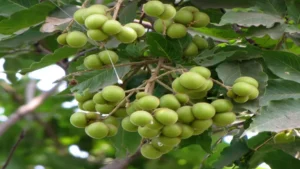
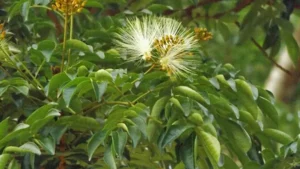
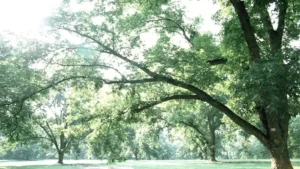
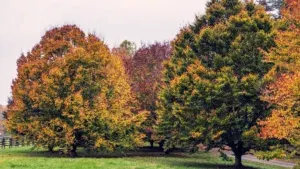
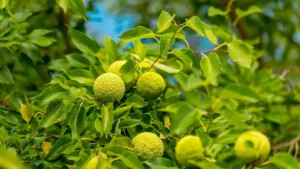

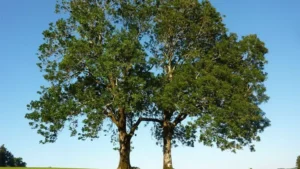
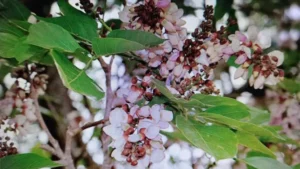
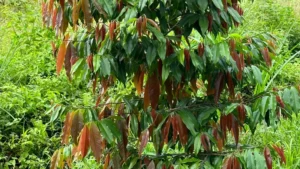


Leave your comment